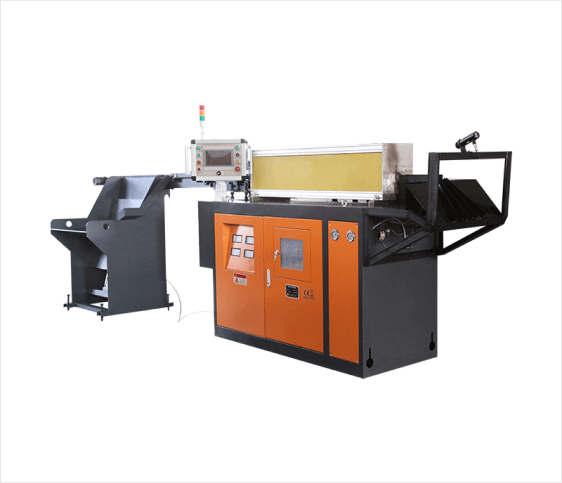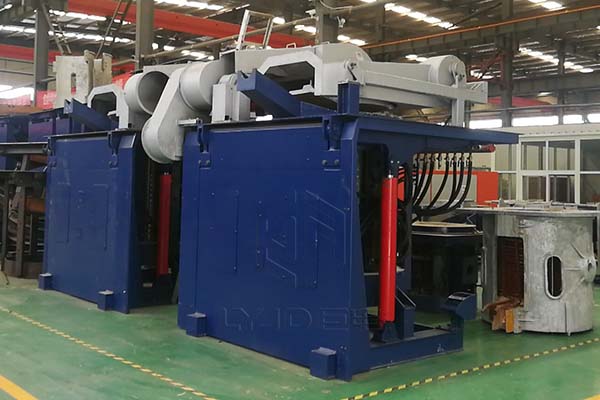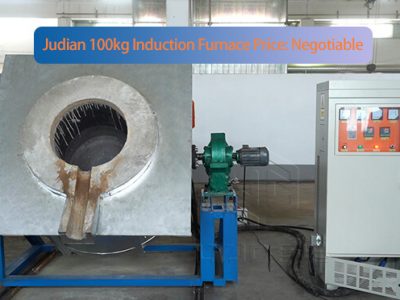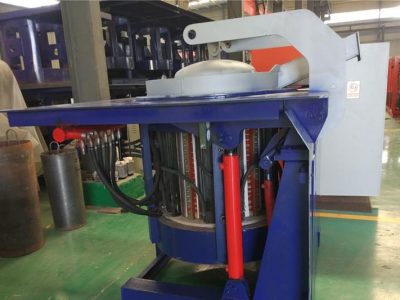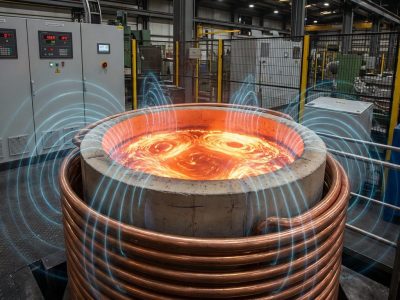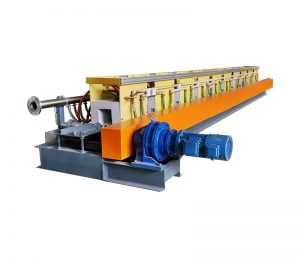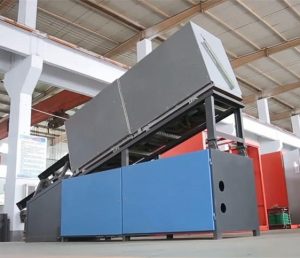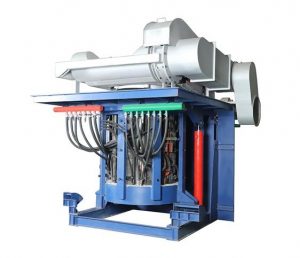Medium frequency iron melting induction furnaces are critical in modern metal processing industries, offering efficient and precise melting capabilities. However, their operation inevitably generates high-order electrical harmonics, which pose serious challenges to power systems and equipment longevity. Without effective harmonic control, these disturbances can spread through the power grid, causing interference, equipment damage, and operational inefficiencies.
Understanding and mitigating the impact of harmonics is essential for ensuring reliable furnace operation, reducing downtime, and protecting your electrical infrastructure.
The Impact of Harmonics in Medium Frequency Induction Furnaces
High-order harmonics produced by medium frequency iron melting induction furnaces affect multiple components in your power system:
1. Electrical Equipment Damage and Efficiency Loss
Harmonics increase the electrical load’s non-linear characteristics, causing overheating, excessive vibration, and abnormal noise. Over time, this accelerates insulation degradation and can lead to equipment failure or permanent damage, drastically reducing the lifespan and reliability of motors, drives, and other connected devices.
2. Transformer Performance Degradation
Transformers exposed to harmonic currents experience increased core losses, noise, and temperature rise. This leads to reduced load capacity, higher operational costs, and a shortened service life — all of which impact overall system stability and maintenance expenses.
3. Reactive Power Compensation Device Failures
Harmonic distortion elevates losses in capacitor banks used for reactive power compensation. The result is overcurrent, overheating, and premature aging of capacitors, which may cause bursting, leakage, or complete failure, negatively affecting power factor correction and system efficiency.
4. Damage to Electrical Appliances
Surge voltages and currents caused by harmonics can cause oscillations and transient spikes that damage sensitive electrical appliances, leading to unexpected malfunctions and costly repairs.
5. Capacitor Breakdown in Metering and Substations
Harmonics contribute to capacitor failures in metering devices and substations, triggering protective trips and interruptions, which disrupt power distribution and monitoring.
6. Disruption to Control Systems and Communication
Harmonics interfere with relay protection devices and automated controls, causing erratic operation and false triggers. Moreover, electronic communication equipment can suffer from signal interference, resulting in data loss or communication breakdowns.
Effective Harmonic Mitigation Solutions for Medium Frequency Induction Furnaces
Controlling both integer and fractional harmonics generated by induction furnaces is vital for operational safety and energy efficiency. The industry offers specialized solutions tailored to these challenges:
Passive Harmonic Filters — MLAD-MFC Series
The MLAD-MFC passive filter cabinet is engineered specifically for medium frequency iron melting furnaces. Customized on-site to match actual harmonic profiles, this filter effectively reduces harmonic distortion while simultaneously improving the overall power factor. Available in both high-voltage and low-voltage configurations, the MLAD-MFC solution offers a reliable, cost-effective way to safeguard your electrical system and enhance furnace performance.
Active Power Filters — MLAD-APF Series
For real-time harmonic compensation, the MLAD-APF active filter is a premium solution. It continuously monitors harmonic currents and injects counteracting currents of equal magnitude but opposite phase, delivering comprehensive and dynamic harmonic cancellation. Although the initial investment is higher, active filters provide superior filtering accuracy and adaptiveness, ensuring your induction furnace operates with optimal power quality and minimal electrical noise.
Why Choose Professional Harmonic Control for Your Induction Furnace?
- Protect expensive equipment from premature wear and costly downtime.
- Improve energy efficiency by optimizing power factor and reducing losses.
- Ensure compliance with international power quality standards and grid codes.
- Maintain stable, interference-free operations for critical communication and control systems.
- Extend the lifespan of transformers, capacitors, and other electrical assets.
Optimize your medium frequency iron melting induction furnace operations by implementing advanced harmonic control technologies. Contact us to learn more about our MLAD-MFC passive filters and MLAD-APF active power filters tailored to your specific site conditions and performance goals.
